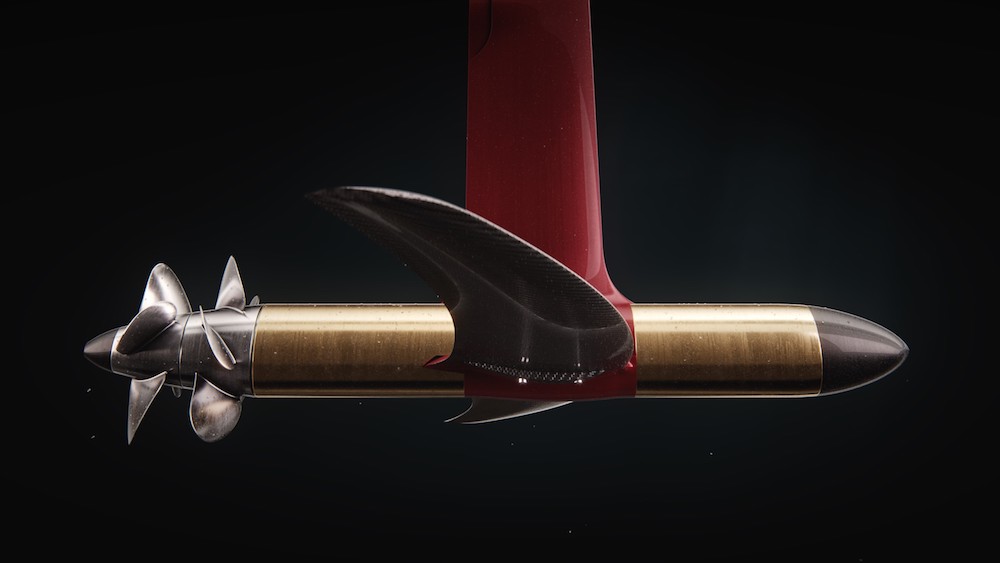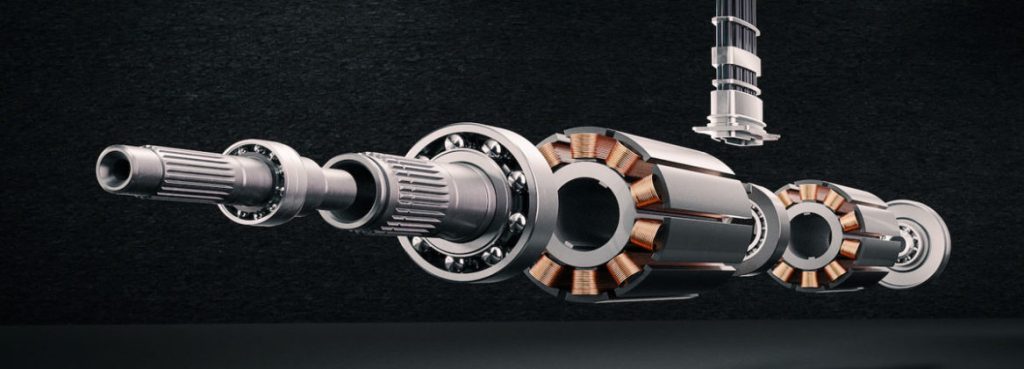
As I attempted to write the first paragraph of this weblog post, an observer came by. So I made a comment, hoping for some encouragement: “Beautiful boat, isn’t it?”
“Not particularly,” came the reply. “It looks awfully cold. They even have to wear toques. If someone fell in the water, how would they get back onboard?”
At that point I realized, yet again, that the observer and I live in two different universes. In my universe, the boat motor stops, the foils sink and the hull floats on the water. The person in the water is dragged through the open transom onto the boat. It is probably one of the easiest boats in existence to effect a rescue. I replied, “Would you like some tea?”
Tea is one of her passions, while watercraft are one of mine. A major achievement was building a sailing dinghy, a 2.4 meter long Sabot, at the age of thirteen. In my adult life I have owned two sailboats, including a Eygthene 24 cruiser.
Theoretically, I share the same speed obsession as Toad of Toad Hall as found in Kenneth Graham’s (1859 – 1932) Wind in the Willows (1908), but in a more maritime variant. I appreciate fast sailboats including America’s cup AC72 foiling catamarans, AC75 foiling monohulls and even more affordable foiling Moth dinghys.
Practically, I usually sailed my cruiser from its harbour to a small inlet two nautical miles (NM = 3.5 km) away. I would then anchor, and enjoy the tranquility of its relatively remote location. One could make that journey in almost any type of boat, including a kayak or a row boat. The advantages of a cruiser include its galley, bunks, head and shelter from inclement weather.
A glimmer of hope that I might appreciate motorized vessels occurred in 2015. Aspiring to develop a new industry here in Norway, I gave my Technology students an assignment to design an electrically powered, water-jet vessel, based on a surfboard. I introduced the topic by showing a video about river jetsurfing. Now there are foiling boards as well, as this video shows. There are other foiling boards available, but most of them use propellers rather than waterjets, something I find ill-advised.
The Candela C-8 impresses me in several different ways.
First, the hull is constructed out of carbon fibre, using vacuum molding techniques to create a rigid platform to mount the driveline and foils, as well as passenger accommodation. It is also lightweight. However, it is not something that I would like to come into close contact with sharp rocks.
Second, the driveline is remarkable. The battery is enclosed in a waterproof container, to prevent salt-water from damaging it. It is freshwater cooled. Its 40 kWh lithium ion NMC battery pack (from BMW i3) could (theoretically) power the vessel for 50 NM = 92.6 km = 57.5 miles. However, even Candela admits that a more probable result is 40 NM at 20 knots = 2 hours. The motor uses 70 kW to take off and start foiling, 16 kW to foil at 23 knots, and 37 kW at full speed = 30 knots.

The motor is housed underwater, which provides cooling and noise reduction. Further, it is equipped with contra-rotating propellers, that is two propellers that rotate in opposite directions about a common axis, usually to minimize the effect of torque. This approach reduces the size of propellers needed, but it is a more complicated (read: expensive) system that may require more maintenance. Candela claims that its C-POD requires no maintenance and will operate for 3000 hours without service. They state that it is built to last a human lifetime, without maintenance. In addition, there is no need to change oil or cooling fluid, as the sealed electric motors are cooled by the flow of seawater. It is important to note that with contra-rotating propellers, hydrodynamic gains may be partially reduced by mechanical losses in shafting.

Third, the flight control system uses ten sensors to estimate the position, velocity, and acceleration of the boat on all axis, and to determine/ estimate the real-time system state. This allows the vessel to operate in rough sea and make sudden and sharp turns. It is so much quieter than a hovercraft.
Fourth, I suspect there is a brilliant navigation system provided, that will keep those onboard out of danger. In addition, I suspect there is a dead-man switch/ man-overboard button that, when engaged, will automatically maneuver the vessel back to the point where the person fell overboard, or became incapacitated.
With a starting price of €290 000, I cannot afford to buy a C-8. No, I have never bought lottery tickets out of principle, so I have no prospects of ever being able to afford one. I would like to encourage my younger friends and family to follow the used market. I estimate that a 20 year old vessel (at about 20% of the price) will offer optimal value.
If any of my offspring are wondering what to get me for my 80th birthday in 2028, a day foiling would be ideal. They can even choose the location, with the Salish Sea, San Francisco Bay or the Stockholm archipelago, three of numerous possibilities.
| Material | Carbon fiber |
| Weight | 1605 kg DC version |
| Passengers | 8 passengers including driver |
| Length | 8.50 m |
| Width | 2.50 m |
| Speed | 24 kn cruise, 30 kn top |
| Motor | Candela C-Pod (45/50 kW) |
| Range | 50+ NM at cruising speed +3 NM at 4 kn in limp home mode |
| Draft | 0.5 m in shallow mode 0,9 m in planing mode 0,8 m while foiling 1.5 m while not foiling, foils extended |
| Charging | 230Vx1x16A: 13h 230Vx3x32A: 2,5h |
| Interface | 15,4-inch touch screen with Candela’s proprietary navigation and boat integration system. Free software upgrades included. One year free sea chart upgrades included. |
| App | Candela app with position, state of charge, route statistics and more. Optional geo-fence. |
| Hull-shape | The hybrid hull is shaped for frictionless planing in addition to low air resistance when foiling. In Planing mode the foils are above the surface which prevents fouling and corrosion |
For additional propaganda: https://candela.com


Brock, here’s hoping your 80th “birthday wish” comes true!!! 😃😁
Thank you, Darlene. A day of foiling would make a rather traumatic birthday just a little less traumatic.